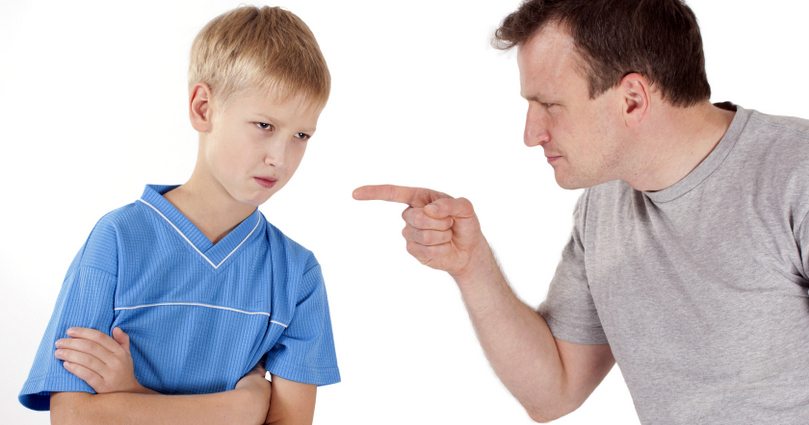Prevent Child Abuse at School and Home – Identify Symptoms

Did you know that it’s only humans who abuse their own children? It’s a rare phenomenon in the animal world, mankind is the only species that hunts for reasons other than hunger.
Children in developed and developing countries are being abused by parents and others in what should be safe, nurturing environments: the home and school.
The news is full of reports on children being sexually assaulted by a teacher in the school toilet, being belted by a teacher, and there are many instances of mental abuse by teachers who constantly undermine a child because they lack self-confidence or are weak.
So how to prevent child abuse? Often parents seek admission in new schools to avoid confronting problems. If we behave like ostriches and bury our heads to avoid a problem it is not likely to go away. When a child is abused it scars the child for life.
Child abuse at home is very common
Studies by UNICEF and other organizations reveal that children are abused or exploited by a person known to them like parents, family members, or caretakers in the home environment.
Before we learn to prevent child abuse, we need to understand what child abuse is.
Abuse takes many forms in a home
- sexual abuse,
- child labor,
- gender-based violence,
- physical or mental abuse, and
- neglect.
Sadly a child (often a girl child) is discriminated against and denied the food and comforts which her brothers receive. In some communities a girl child is denied education and forced to undertake menial work to support family income. Parents who abuse substances or alcohol are known to physically beat children in a haze and even sexually abuse the children.
Studies show that children who are abused are scarred for life and rarely are able to live normal lives. There are horrific stories of daughters giving birth to their own father’s child even from advanced countries in Europe.
It is a sick mind that abuses a child and human beings need to acknowledge that there is a problem and make a resolve to solve it. Next time you as a parent vent your frustrations, disappointments, or anger on the children at home, pause and think “am I abusing the child.” Learn all about child abuse and make efforts to stop it in its forms.
Children are abused at school too
In schools the abuse of a child takes many forms. It is sometimes physical, sometimes sexual and most often the incidents go unreported due to intimidation by the abuser.
At other times the abuse is subtle. Teachers often shout at children or punish weaker children and this affects the child mentally.
Punishment in a crowded classroom takes many forms
- beating,
- restraining a child who does not obey, denying them food,
- undermining the child’s confidence levels by criticizing his or her inability to cope, and
- using seclusion to punish a child.
There are many cases where children have died due to action taken by teachers.
Prevent child abuse
Recognize these symptoms in an abused child and help prevent child abuse. An abused child:
- rarely trusts people,
- has low self-confidence,
- is scared or aggressive,
- tends to be withdrawn and uncommunicative,
- will react if approached by an adult,
- rarely makes friends,
- has nightmares,
- is unable to cope with life,
- has problems sleeping, and
- could even be suicidal.
To recognize and prevent child abuse,
- It is important for school staff to be trained and understand the problems it causes.
- When hiring staff the schools need to check whether the person has a history of punishing children or losing their temper when provoked as well as also whether the person is a known sexual predator.
- Teachers and school personnel need to understand a child’s background and possible problems of child neglect, hunger, or abuse outside the school environment.
- Schools also need to assign supervisors and other trained staff who can address issues related to child abuse in school.
It is knowledge and vigilance by one and all that will help negate child abuse in its forms and prevent child abuse.
Emotional damage in a child often goes unrecognized until adolescence and very often abused children become abusers in adult life. The vicious cycle needs to be broken and this will only happen through advocacy, spreading awareness of child abuse, and most of all acknowledging that child abuse is a “big problem.” Recognize the symptoms and help prevent child abuse.
Learn more about child abuse prevention at our blog – child abuse understanding and prevention









Leave a Reply